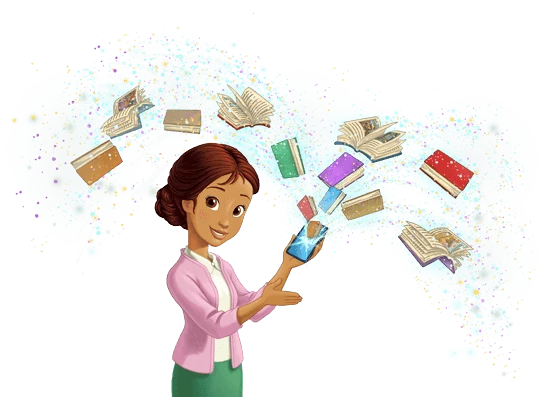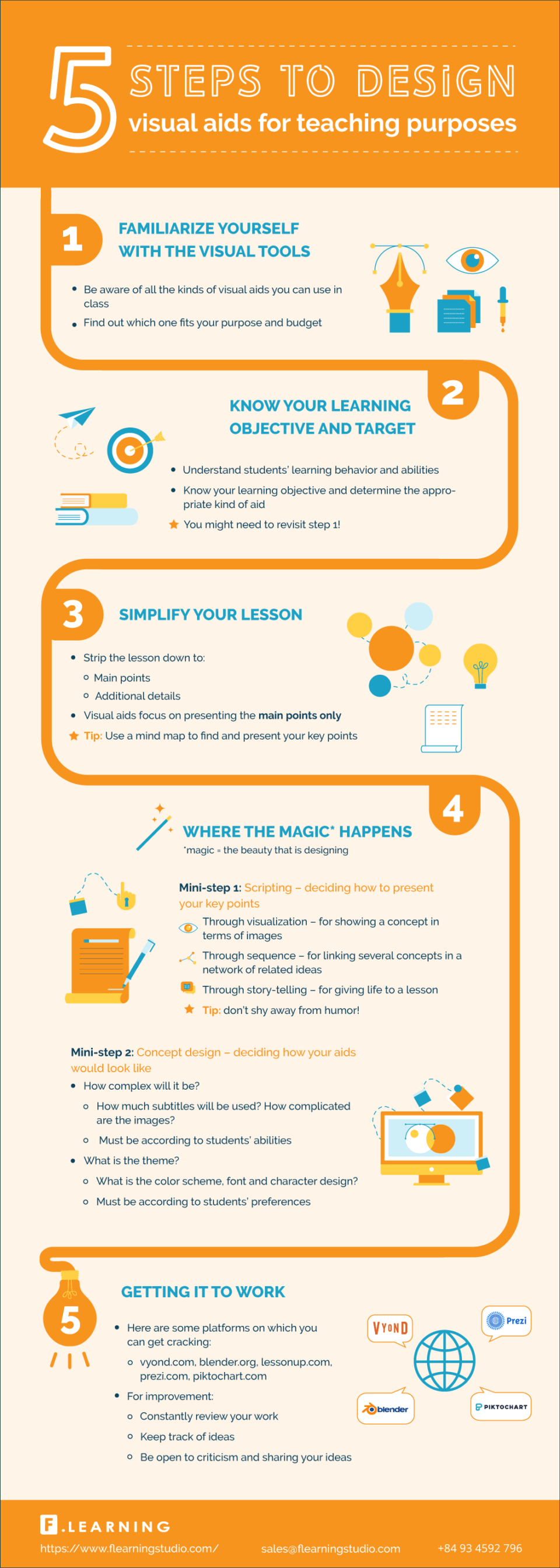Tips para aprender en casa
Ufff! No sé qué hacer en casa! Leo en las redes sociales a los padres, madres, familias...
Aquí les ofrecemos 3 estrategias que te ayudarán en los estudios en casa.
1) A clase!!!! La importancia de tener un horario o una rutina de estudio.
Un horario ayuda a recrear la jornada escolar. Por lo que si empezamos la clase a la misma hora que cuando ibas a la escuela, les ayudará en su rutina.Si crees que no es necesario un horario, intenta crear unas normas para crear un hábito de estudio.
2) Materiales en casa, nuestro mejor apoyo.
Proveer materiales a tus "estudiantes-hijos" es muy importante, y aún mejor si estos materiales se pueden usar con las manos, ya que les ayudará a comprender la parte abstracta del estudio, especialmente en matemáticas.En muchos videos verás materiales "profesionales", en la cocina encontrarás todo los que necesita: lentejas, palillos,...
Este consejo es recomendable para las etapas de Educación Infantil y Primaria, aunque también se pueden usar a otros niveles superiores si fuera necesario.
3) Cuéntame, ¿qué aprendiste hoy?
Asegurate de que lecturas, tareas y actividades estén hechas. Una buena manera de comprobarlo es al final del tiempo dedicado a cada lección o asignatura hacer preguntas de comprensión como ¿qué aprendiste hoy? ¿cómo termina la historia/cuento/lectura? ¿cómo son sus personajes?Explicar y enseñar a otros, según la taxonomía de Bloom, es una de las estrategias de aprendizaje.
Si crees que necesitan algún refuerzo, comunicalo a sus maestros/as, ellos sabrán aconsejarles.
No te olvides de felicitarles por el gran trabajo realizado. Una vez hayan trabajado tienen tiempo para relajarse y divertirse, a todos nos gusta ser premiados ;)











 />
/>

